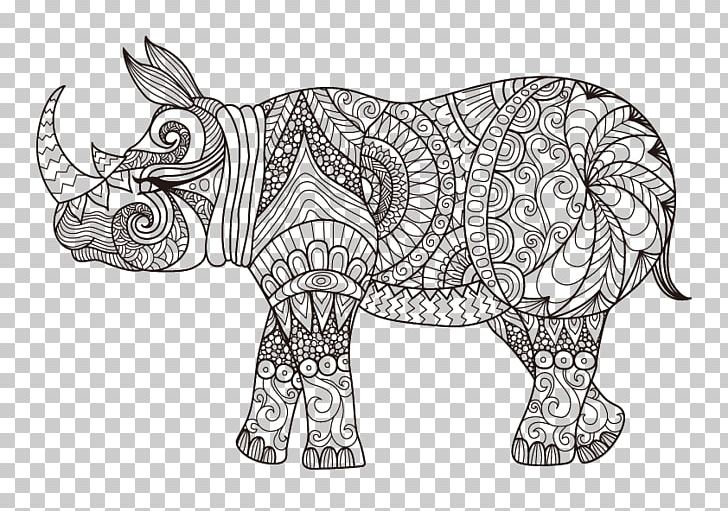

Into the Holocene, some rhinoceros lived as far west as Gujarat and Pakistan until as recently as 3,200 years ago. In the Pleistocene, the genus Rhinoceros ranged throughout South and Southeast Asia, with specimens located on Sri Lanka. unicornis appear in the Middle Pleistocene. The extant family, the Rhinocerotidae, first appeared in the Late Eocene in Eurasia, and the ancestors of the extant rhino species dispersed from Asia beginning in the Miocene. Mitochondrial DNA comparison suggests the ancestors of modern rhinos split from the ancestors of Equidae around 50 million years ago. Several specimens were described since the end of the 18th century under different scientific names, which are all considered synonyms of Rhinoceros unicornis today: Īncestral rhinoceroses first diverged from other perissodactyls in the Early Eocene. As type locality, he indicated Africa and India. Rhinoceros unicornis was the scientific name used by Carl Linnaeus in 1758 who described a rhinoceros with one horn. The Latin word ūnicornis means "one-horned". The generic name Rhinoceros is a combination of the ancient Greek words ῥίς ( ris) meaning "nose" and κέρας ( keras) meaning "horn of an animal". Nearly 85% of the global Indian rhinoceros population is concentrated in Assam, where Kaziranga National Park contains 70% of rhino population.

However, poaching remains a continuous threat, as more than 150 Indian rhinos were killed in Assam by poachers between 20. Since then, numbers have increased due to conservation measures taken by the government. In the early 1990s, between 1,870 and 1,895 Indian rhinos were estimated to have been alive. Indian rhinos once ranged throughout the entire stretch of the Indo-Gangetic Plain, but excessive hunting and agricultural development reduced its range drastically to 11 sites in northern India and southern Nepal. Pobitora Wildlife Sanctuary in Assam has the highest density of Indian rhinos in the world with 84 individuals in an area of 38.80 km 2 (14.98 sq mi) in 2009. Kaziranga National Park alone had an estimated population of 2,048 rhinos in 2009. As of August 2018, the global population was estimated to comprise 3,588 individuals, including 2,939 individuals in India and 649 in Nepal. Moreover, the extent and quality of the rhino's most important habitat, the alluvial Terai-Duar savanna and grasslands and riverine forest, is considered to be in decline due to human and livestock encroachment. It is listed as Vulnerable on the IUCN Red List, as populations are fragmented and restricted to less than 20,000 km 2 (7,700 sq mi). The Indian rhinoceros ( Rhinoceros unicornis), or Indian rhino for short, also known as the greater one-horned rhinoceros or great Indian rhinoceros, is a rhinoceros species native to the Indian subcontinent.


 0 kommentar(er)
0 kommentar(er)
